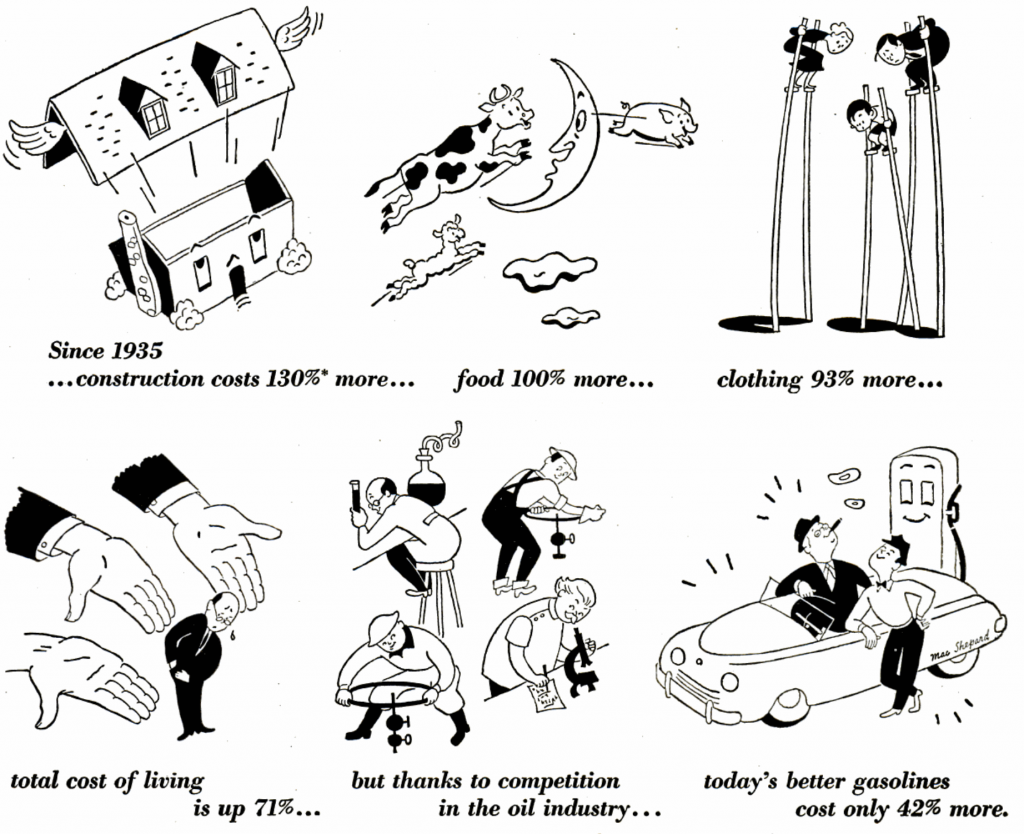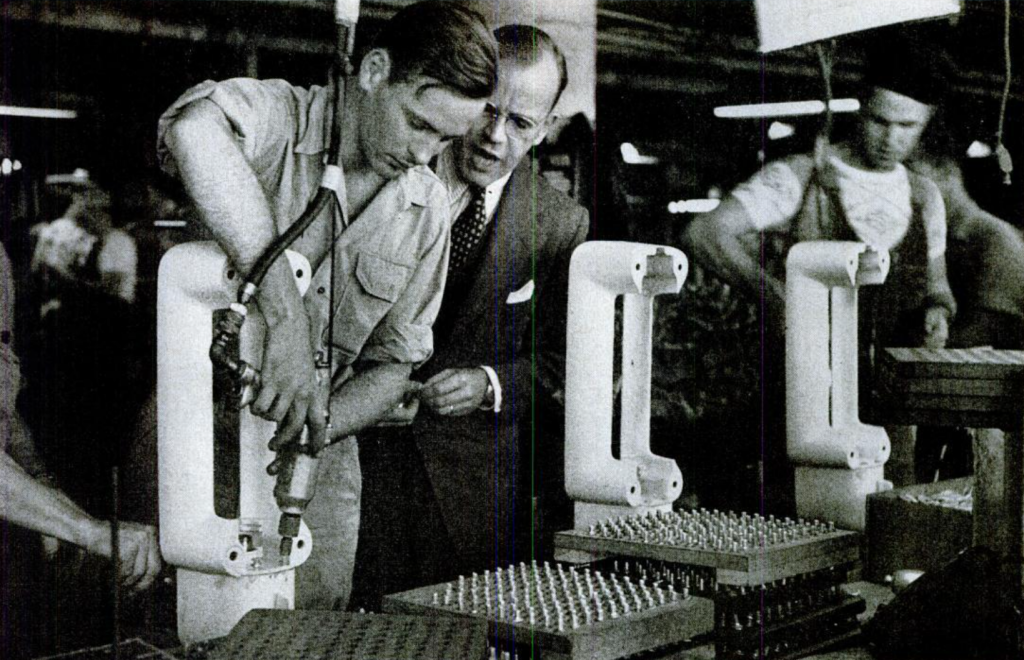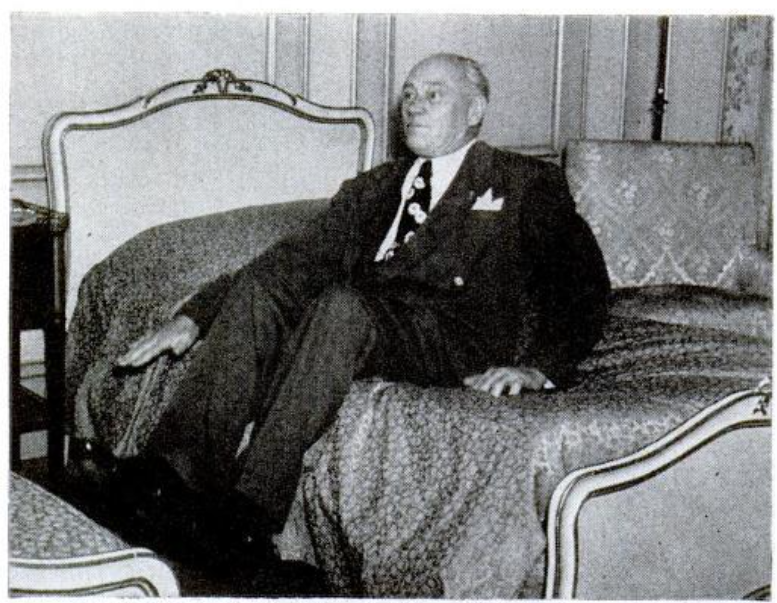As a leader, there will be times when you need to deliver difficult news to your clients. Framing is a powerful technique that allows you to present information in a way that emphasizes the positive, helping to shift perceptions and guide conversations toward more favorable outcomes. While some might view this as manipulation, framing is a valuable skill that every senior leader should master.
The way information is presented significantly influences how people perceive and interpret it. In economics, for example, framing shapes public understanding of prices, value, and market behavior. But its impact extends far beyond economics, influencing countless aspects of our daily lives. By mastering the art of framing, leaders can navigate challenging situations with clarity and purpose, fostering better outcomes for everyone involved.
Understanding Framing in Economics
Framing in economics refers to the way economic issues are presented to the public, shaping perceptions and influencing decisions. This concept applies to everything from government policies and regulations to advertising and marketing strategies. The way information is framed can significantly impact individual behavior, which in turn affects the broader economy.
For example, when gas prices rise, the media may frame it as a negative development that harms consumers. This framing can trigger panic, leading people to reduce spending, which could ripple through the economy. Alternatively, framing higher gas prices as an opportunity to invest in alternative energy sources can inspire optimism and spur innovation in the energy sector.
A noteworthy case of framing comes from the oil and gas industry. In 1949, a pricing trend diagram revealed rising costs across various sectors. The oil and gas industry, however, framed their price increases as a testament to superior product quality. This strategic narrative helped justify higher prices while maintaining public trust and support.

This example illustrates how industries use framing to influence public perception, justify decisions, and preserve their reputation. However, it’s essential to approach such narratives critically, questioning their intent and validity rather than accepting them at face value.
Framing is a Powerful Tool
The power of framing. It’s a versatile and influential tool used in industries like marketing, politics, and business to shape perceptions and guide decision-making. By intentionally selecting language, context, and presentation, framing can sway opinions, elicit emotions, and influence behavior.
Positive vs. Negative Framing
Framing often relies on the connotations of words to influence perception. For instance, companies might market their products as “organic” or “all-natural,” evoking a sense of health and sustainability. Conversely, they may frame competitors’ offerings as “processed” or “artificial” to create negative associations. These subtle language choices dramatically impact how people perceive value.
Tapping into Emotions
Framing can trigger emotional responses through carefully chosen language, visuals, or themes. Political campaigns frequently use emotional framing to connect with voters’ values, aspirations, or fears, ultimately shaping opinions on candidates or policies. By evoking strong emotional reactions, framing becomes a powerful tool for persuasion.
Selective Presentation of Information
Framing often involves emphasizing certain details while downplaying others to influence understanding. For example, a company might spotlight glowing customer reviews while ignoring criticisms. Similarly, media outlets may frame news stories by focusing on specific angles or omitting key details, which can shape public perception and understanding of events.
Impact on Decision-Making
Framing plays a significant role in decision-making by leveraging mental shortcuts, or heuristics, that people use to process information. The way a situation is presented—such as framing an outcome as a “loss” versus a “gain”—can lead to vastly different choices, even when the underlying facts remain unchanged.
Framing in Communication
Framing also shapes interpersonal interactions. How we present ourselves can influence how others perceive us, while the way we interpret someone else’s framing impacts our reactions. In both personal and professional settings, framing underpins effective communication and perception management.
Framing Across Industries
In politics, framing is fundamental to crafting compelling narratives. Politicians and media outlets use it strategically to influence public opinion, rally support, and control conversations about policies and issues.
In marketing, the power of framing is key to creating appeal. Companies highlight the benefits of their products, minimize drawbacks, and tailor messaging to drive consumer behavior. By carefully shaping how products and services are perceived, framing becomes a cornerstone of persuasive communication.
Ethical and Positive Uses of Framing
While framing can be manipulative, it isn’t always used negatively. Advocacy groups and activists employ the power framing to spotlight critical social issues, mobilize support, and drive meaningful change. By framing issues effectively, they can inspire action and awareness for causes that matter.
Framing is a versatile and influential tool, whether used to shape perceptions of prices, influence public opinion, or guide decision-making. Understanding how framing works empowers us to critically assess the messages presented to us and make more informed choices. As individuals, we have the power to actively shape our understanding of issues and challenge dominant narratives through reframing.
Positive Use of Framing
One example of how reframing can drive meaningful change is in how mental health conditions are perceived. Historically, mental illnesses have been stigmatized and seen as personal weaknesses rather than medical conditions. This negative framing has led to discrimination, lack of access to treatment, and perpetuation of harmful stereotypes. However, advocacy efforts have worked towards reframing mental health as a valid and treatable issue that affects individuals from all backgrounds.
By shifting the narrative from one of weakness to one of resilience and strength, advocates have successfully challenged negative perceptions and improved societal attitudes towards mental health. This reframing has also led to increased funding for mental health research and services, which has resulted in better understanding and treatment of mental health conditions.
Conclusion
The power of framing can play a pivotal role in industries and daily life, shaping how we interpret and engage with the world. From guiding purchasing decisions to influencing public opinion and managing personal relationships, the way information is framed profoundly impacts our choices and actions. By understanding the principles behind framing, we can become more thoughtful consumers and effective communicators.







